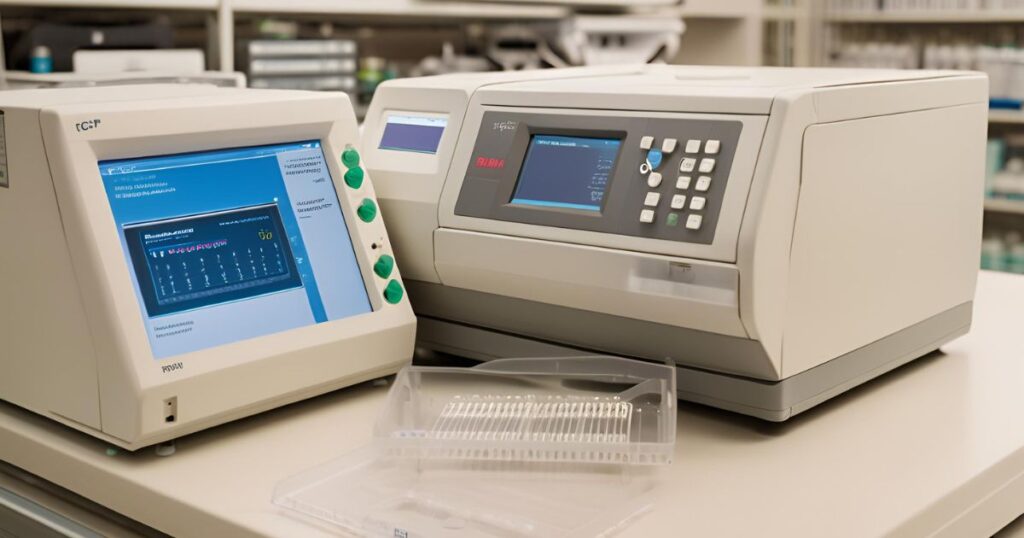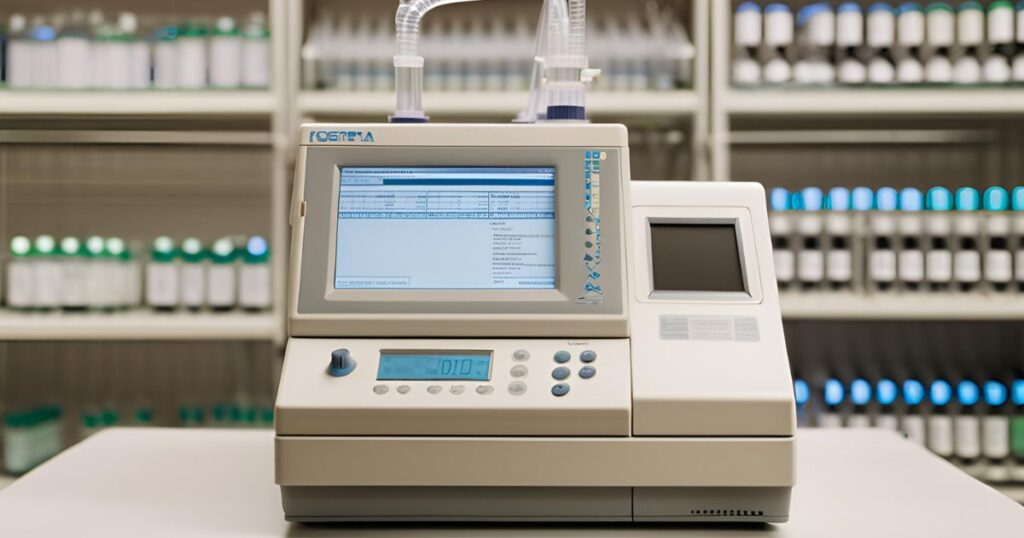Amplifying nucleic acid and techniques used for detection are a handful of tools revolutionising biological research. Several science research laboratories use PCR machine to take a big leap forward in biotechnology, basic research, forensics, medicine, diagnostics, and more for varied applications. Real-time PCR is used for qualitative as well as quantitative analysis. However, to gain insights about how these machines work to deliver results you need to know what this technology is all about.
Difference between standard and real-time PCR
Although standard and real-time PCR follows the same procedure, there are reasons why the latter is considered more effective.
Conventional PCR
Manual or conventional PCR requires human intervention and is hence considered more time-consuming. At each step of this process, samples, consumables, and reagents need to be transferred several times like gloves, tubes, and pipette tips. Moreover, a secondary analysis like gel electrophoresis may be essential for detection after the availability of PCR product. Apart from this, genomic sequence analysis is necessary for identifying the samples decisively. Therefore, conventional PCR is less effective and more time-consuming and not the right solution for diagnostic purposes in clinical laboratories where obtaining faster results is a must. Here are the key aspects of this procedure:
- Standard PCR helps in product identification based on sequence and size
- It requires a second analysis, and although it is inexpensive, it takes more time and is not an automated process.
- The specificity in this process is low as the molecules of same and different weights are hard to differentiate.
- Gel electrophoresis used for second analysis is not suitable for laboratory purposes and techniques like probe hybridisation is needed to characterise the product based on sequence.
- The method is reliable but it is more expensive and time-consuming

Real-time PCR
Real-time PCR is a technique for quantification and detection of the target material through an automated technique. The results of this procedure can be obtained almost immediately from when the assay is run and that is why it has been named real-time. One of the primary features of RT-PCR is the real time detection of the amplification of DNA. Read here to know the key features:
- Real-time PCR performs the same task in real-time and results can be achieved by monitoring product accumulation in each cycle.
- From amplification to analysis, the entire process takes place in the same tube.
- The chance of contamination is reduced in a PCR machine.
How real-time PCR boosts efficiency in laboratories?
Why are laboratories relying more on real time PCR machines? Check here to know how it boosts efficiency in laboratories.
- Quicker results
With RT-PCR, laboratory researches become more defined and definite as the amplification process takes place in real-time allowing researchers to monitor everything. The process cuts down additional requirements of post-PCR analysis. That’s how results take little or no time to arrive and the turnaround time is fantastically high. Often, results are obtained within a few hours unlike the conventional PCR process that takes record time.
- Quantification capabilities
With real-time PCR machines, the quantification of molecules is more comprehensible. With this, researchers get more valuable information about the smallest quantity of the target material in the sample, which is crucial to track the progression of the disease.
- Streamlining workflow
The reason why RT-PCR method is gaining momentum is that it is performed in a closed tube right from amplification to analysis. That way, workflow becomes seamless and the hassles of multiple instruments can be reduced greatly.
- Higher sensitivity
The RT-PCR system leverages fluorescent probes, aiding in accurate detection of target sequences in each cycle. Therefore, you can detect small amounts of the target material without compromising the sensitivity compared to conventional methods.
- Decreased risk of contamination
The procedure is performed in a close tube, which minimises the chances of contamination compared to conventional PCR methods where samples are sent for second analysis and the possibility of contamination reduces.
- Data analysis and versatility
The PCR machine generates data in real-time and makes it easy for researchers to analyse. Moreover, the results are more accurate. They are used for various applications be it detection of diseases, gene expression, and monitoring GMOs.
There is no denying that RT-PCR machines offer laboratories with a powerful tool for quicker and streamlined analysis, contributing greatly to the efficiency of research. For high-end thermocycler PCR machines, rely on I Gene Labserve for 100% satisfaction. Stop at https://www.igenels.com/ to explore the features of the machine before you buy.

